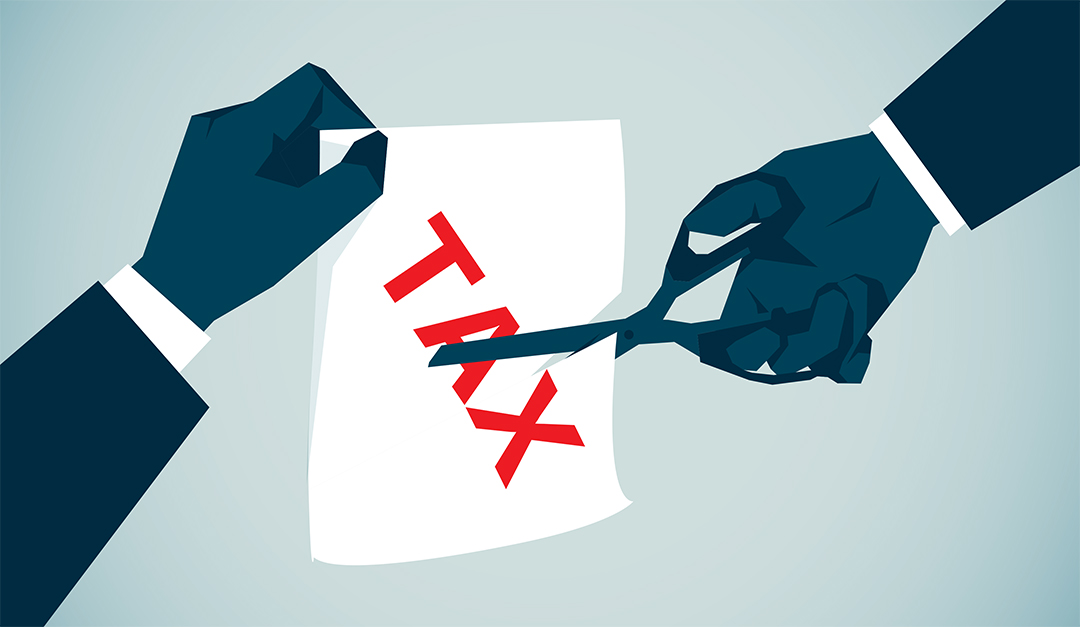After much anticipation (and a significant delay), the Treasury Department released the second round of proposed rules for the Qualified Opportunity Zone (QOZ) program on April 17, 2019, building upon earlier proposed rules that provided the framework for the program. The rule release coincided with a White House Opportunity Zone Conference, which the National Association of REALTORS®’ (NAR) 2019 Commercial Liaison, Bob Turner from Memphis, Tenn., attended. The event featured President Donald Trump and Housing and Urban Development (HUD) Secretary Ben Carson as speakers, focusing on the Administration’s commitment to making the program a success.
This second round of rules fills in many unknowns about the program and how it will work. For those who are unfamiliar with QOZs or need a refresher, the program is a creation of the Tax Cuts and Jobs Act of 2017, intended to drive new investment, jobs and development to underserved communities designated as “Opportunity Zones.” It provides several types of tax relief for investors who reinvest capital gains into QOZs:
- Taxes can be deferred on capital gains reinvested within 180 days into an “Opportunity Fund” (O Fund) until the earlier of Dec. 31, 2026, or the date the interest in the O Fund is sold.
- If reinvested gains are held in an O Fund for at least five years, there is a 10 percent reduction in the capital gains tax due; if held for seven years, that increases to 15 percent.
- Appreciation on reinvested capital gains held in an O Fund for at least 10 years is tax-exempt.
The new rules provide clarity on many aspects of the program left uncertain by the earlier proposal. For example, tangible property purchased by an O Fund in a QOZ must be either “original use” or “substantially improved”—but original use had been undefined. We now know that original use commences with the depreciation of an asset. This is positive news for real estate, as it allows O Funds to purchase incomplete projects in QOZs and meet the original use requirement as long as the property has not depreciated yet. There is also guidance on vacant or abandoned property—if it has been in that condition for at least five years, the original use commences with the purchase by the O Fund. Less than five years, and it must meet the substantial improvement requirement: investing an equal amount into the asset as its purchase price, not including the basis of the land it sits on.
There is also more information on QOZ Business Property, which must be used in the active conduct of a trade or business (so simply investing in land does not qualify). Leased tangible property qualifies as long as the lease was entered into after 2017 and meets the same requirements as owned property. Additionally, there is guidance for property straddling a QOZ—if it is contiguous, and the value of the portion within the QOZ is greater than that outside of it, all of the property is considered QOZ business property.
Even with these new proposed rules, there are still questions about the QOZ program. One unaddressed area is data reporting requirements, which are important both to protect against fraud and abuse and to track the effectiveness of the program—what types of investments and developments are successful versus not, and where the program is working best. HUD and the Treasury Department are currently seeking input on what those requirements should be (at press time).
The Administration is on track to have final rules by the end of 2019, barring any delays. Until then, the proposed rules are effective, and with the new information from the second round, we expect to see participation in the program increase rapidly in the coming months.
 Erin Stackley is NAR’s senior representative for Commercial Legislative Policy. This column is brought to you by the NAR Real Estate Services group. For more information, please visit www.nar.realtor.
Erin Stackley is NAR’s senior representative for Commercial Legislative Policy. This column is brought to you by the NAR Real Estate Services group. For more information, please visit www.nar.realtor.











